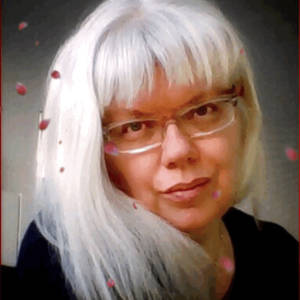Saunatime!
In English:
Sauna has a long history in Finland. The earliest saunas, which were dug in the ground, were probably built already during the Stone Age. Baltic-Finnish people built their first wooden smoke saunas maybe as early as 2000 years ago. In the late 1800s almost all Finnish saunas were still traditional smoke saunas.
The dim atmosphere of the smoke sauna was the environment where the traditional customs and beliefs related to sauna were passed from generation to generation. For centuries, the first thing a newborn baby would see when entering the world were the dark walls of a sauna.
The sauna was a sacred place where both body and soul were cleansed. People used to greet the spirit of the sauna and bless themselves before stepping inside. People also brought “greetings” from the sauna to each other the same way they did when coming home from church.
The sanctity of the sauna meant people had to behave calmly and with restraint. Bathing was to be done amicably and without making excessive noise. It was also considered improper to bathe too late or throw too much water on the kiuas.
The word for the hot steam in the sauna, ‘löyly’, means the life-force or life-soul in Finno-Ugric languages. The word is associated with 'breathing', 'steam' and 'life itself'. Sauna was, after all, an important part of the human life cycle. It was a place for giving birth, washing the dead, and ceremoniously whisking brides to cleanse them for their new life. In addition, sauna was also a place for healing diseases and raising young girls’ erotic power (lempi).
Bathing in the sauna marked a transition from everyday life to sacred festive time. During Kekri and Joulu, sauna was heated not just for the living people, but also for their loved ancestors. A bath was prepared for the spirits with warm water, whisks, soap and towels. Joulu sauna was decorated by placing fir twigs on the floor and between wall logs and covering the benches with straws.

Comments
Sign in or get an account to comment.


